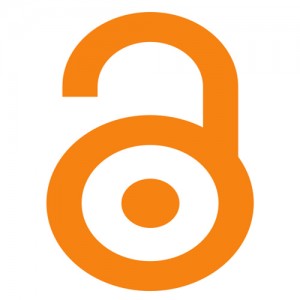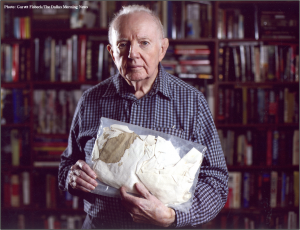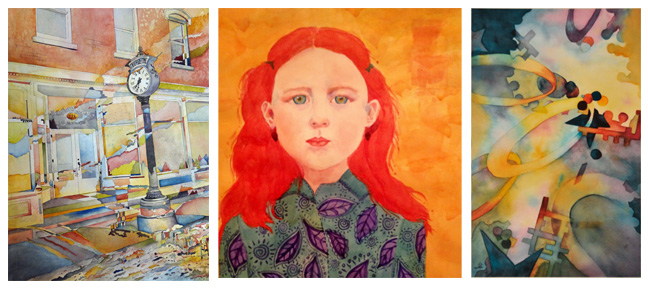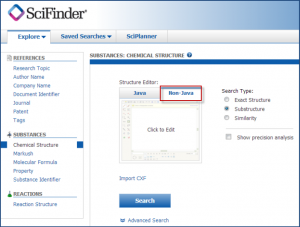According to a Halloween legend, “Death” appears at midnight every Halloween and summons the dead to dance for him while he plays a fiddle. The dance ends at daybreak, at which time the dead return to their graves.
The “Dance of Death” is also a common late-medieval (1300s and later) European artistic genre that emphasizes the universality of death regardless of one’s status in life. “Dance of Death” illustrations show skeletons cavorting with humans (often of high social status, such as popes or kings) as the skeletons lead the humans to their death. The above illustration shows two skeletons leading a physician and a nobleman.
Death was a constant presence in medieval life since plagues, wars, and infant mortality were common. “Dance of Death” illustrations—often accompanied by poems—appeared in books and were the theme of many frescos in religious and civic buildings.
Interested in learning more about this fascinating medieval obsession?
- The Library’s History of Medicine collection has three books on the topic. For more information, contact Bill Maina, the Library’s History of Medicine librarian, by email at bill.maina@utsouthwestern.edu or by phone at 214-648-2629.
- The University of Glasgow Library Special Collections has an excellent online “Dancing with Death” exhibit.
- The ARTstor digital library of art has several illustrations of the “Dance of Death”.
- HathiTrust provides access to a number of full-text digitized books about the topic.





